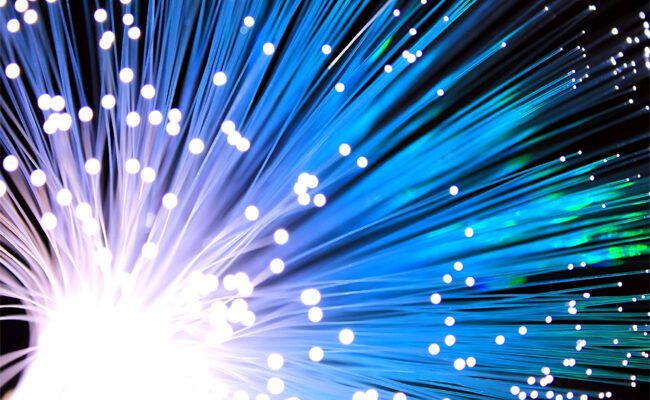
Are you a homeowner planning to get fiber optic internet?
An internet connection is a necessity today, especially after the current health crisis. Among the many types of popular internet connections is fiber-optic connection. Now, over 30% of American households use fiber broadband.
Are you interested in knowing more? Keep reading below to learn about fiber optic internet.
Types of Fiber Connections
Did you know that there are three types of fiber optic internet connections are available for your home or office? These include:
- Fiber to the Premises (FTTP)
- Fiber to the Building (FTTB)
- Fiber to the Node (FTTN)
FTTP uses fiber optic internet cables and connects them to your home or business. It provides “true” fiber internet since it’s the most direct option. However, it’s the most expensive type.
When fiber optic cables run to a building but not to individuals, the connection type is FTTB. You’ll often see this type of fiber optic connection in schools, hotels, and office buildings. The cables connect to a hub, which distributes connection through copper cable.
FTTN works like FTTB. Instead of running fiber optic cables to individual buildings, they connect to a central hub or node. It’s suitable for neighborhood-wide connections.
What Is a Primary Function of Fiber Optic Cables?
Fiber optic cables make fiber optic internet unique from other connections. These cables use thin fibers of glass or plastic to send information as pulses of light. Unlike metal wires, fiber optic cables carry more data and are less likely to lose it.
Fiber optic internet cables are also more reliable over long distances. It’s why FTTP connections are the fastest type of fiber-optic connection. However, most fiber networks don’t reach the home.
The “last mile” is the distance between internet users’ homes and core fiber lines. Keep in mind that it’s not always referring to a mile of distance. This last mile often uses phone lines, coaxial cables, or wireless transmissions instead of fiber optic cables.
Other Benefits of Fiber Internet
Other than speed and less data loss, there are many other benefits of using fiber internet.
Often, you’ll get symmetrical upload and download speeds. Download speed is for watching videos and surfing. Upload speed is for live streaming and video conferencing.
Another big benefit of using a fiber network is its scalability. Since it uses light, it loses less energy over distances, unlike electricity. In other words, fiber can carry more information farther because of their higher frequencies.
Do you want to improve your internet connection by getting the best parts? Your fiber optic network also consists of other parts like modems and cable entry seals. If you want to read more about optical fiber feed-throughs, click here.
Expand Your Knowledge About Fiber Optic Internet
We hope you enjoyed reading and learning more about fiber optic internet. Use this information to have the proper expectations when investing in this internet connection.
Do you want to keep reading more guides and facts about your internet connection? Check out our other posts on fiber optic cables, networks, and more today.
Leave a Reply